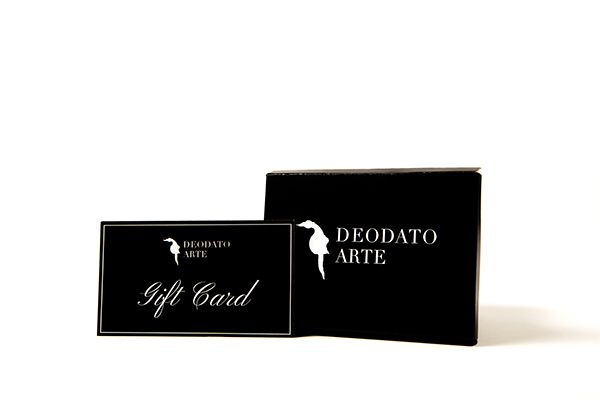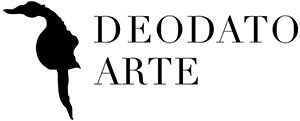
Thank you!

Signed Flowers

Andy Warhol: Flowers - Andy Warhol managed to turn a simple natural element, such as flowers, into a true work of art. Flowers became one of the artist's best-loved and most famous subjects worldwide. They are believed to express the most intimate part of the artist, the least exposed and perhaps also the most controversial.
The series of silkscreens in which the hibiscus flowers are featured originated from a shot that Warhol saw published in Modern Photography magazine in 1964.
ANDY WARHOL: FLOWERS, THE FLOWERS OF THE KING OF POP ART
Flowers: Andy Warhol turned a simple natural element like flowers into one of his most beloved and famous subjects worldwide. They are believed to express the most intimate part of the artist, the least exposed, and perhaps the most controversial.
The "Flowers" screenprints were first created in 1964 and depict the image of hibiscus flowers taken from a famous photograph by Patricia Caulfield. "Flowers" by Andy Warhol has been manipulated and interpreted many times over the years, precisely due to the connection Warhol had established with this particular naturalistic subject.
THE IDEA OF FLOWERS: ANDY WARHOL CONVINCED BY GELDZALLER
Andy Warhol's Flowers are one of the most famous works of Pop Art. The idea originated in the sixties from a fortuitous meeting between Henry Geldzaller and Andy Warhol.
Where and when did the idea of Andy Warhol's flowers originate? Precisely, the idea of Andy Warhol's flowers took off at the World's Fair in New York in 1964, where Henry Geldzaller convinced the king of Pop Art that his repertoire of Pop images lacked a natural element: flowers!
ANDY WARHOL: PATRICIA CAULFIELD'S FLOWERS ARE THE PERFECT SUBJECT!!
Modern Photography magazine inspired Andy Warhol. In June 1964, the magazine published Patricia Caulfield's photograph. The photo features black and white hibiscus flowers. Flowers destined to become icons of Pop Art.
WHO IS PATRICIA CAULFIELD?
Patricia Caulfield is a photographer. Immortalizing hibiscus flowers, Patricia makes her shot enter the history of world art. As soon as the well-known Modern Photography magazine publishes the photo, chaos ensues. Andy Warhol starts reproducing it hundreds of times but... without asking for permission! Patricia Caulfield thus becomes famous for the lawsuit against Warhol.
THE MESSAGE OF FLOWERS: ANDY WARHOL MAKES THEM POPULAR
Warhol starts modifying the image and making it graphic. Like in the famous portraits of Marilyn Monroe, the king of Pop Art wants to remove uniqueness from the image. Andy Warhol's serial images put different subjects on the same level. Nature, too, has been reduced to a mass consumption product. Below, you can find other Signed Works by Andy Warhol with his most popular subjects like:
- Marilyn Monroe
- Mao Zedong
- Campbell's Soup
- Guns
- Dollars
- Flowers
FLOWERS - ANDY WARHOL 1964: THE 900 FLOWER SCREENPRINTS!!
In the summer of 1964, Warhol, in collaboration with the director and poet Gerald Malanga, brings to life about 900 colorful screenprints of Flowers. The same image of Warhol's flowers, with different color tones, communicates a different message. The repeatability of the subject comes to life in different colors and simplified forms, ready to become an icon of the global masses.
ANDY WARHOL'S FLOWERS FOR HIS FIRST EXHIBITION IN NEW YORK
The famous gallerist Leo Castelli, in New York, is the first to host Andy Warhol's first exhibition in November 1964, where the Flowers were exhibited together in their color and tonal variations. The Leo Castelli Gallery sells out completely: Flowers are already a mass phenomenon! Andy Warhol's floral paintings, unlike still lifes, do not mark the passage of time but rather the commodification of nature as yet another mass-produced product.
QUOTATIONS ANDY WARHOL FLOWER WORKS
Quotations for Flowers, like other paintings by Warhol, vary based on the copy, publications, and production year, reaching values even exceeding 90,000 euros. Andy Warhol's flowers, besides being objectively beautiful and colorful paintings, have always represented an excellent investment. Flowers are perfect for those who want to furnish their home with one of the most well-known subjects and artists globally, as well as for those who want to invest in the world of Pop Art.











 Register
Register Wishlist
Wishlist Contact Us
Contact Us




